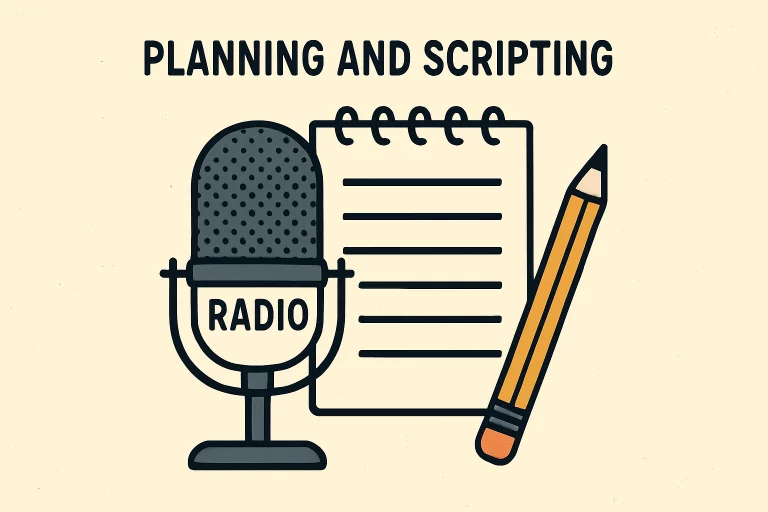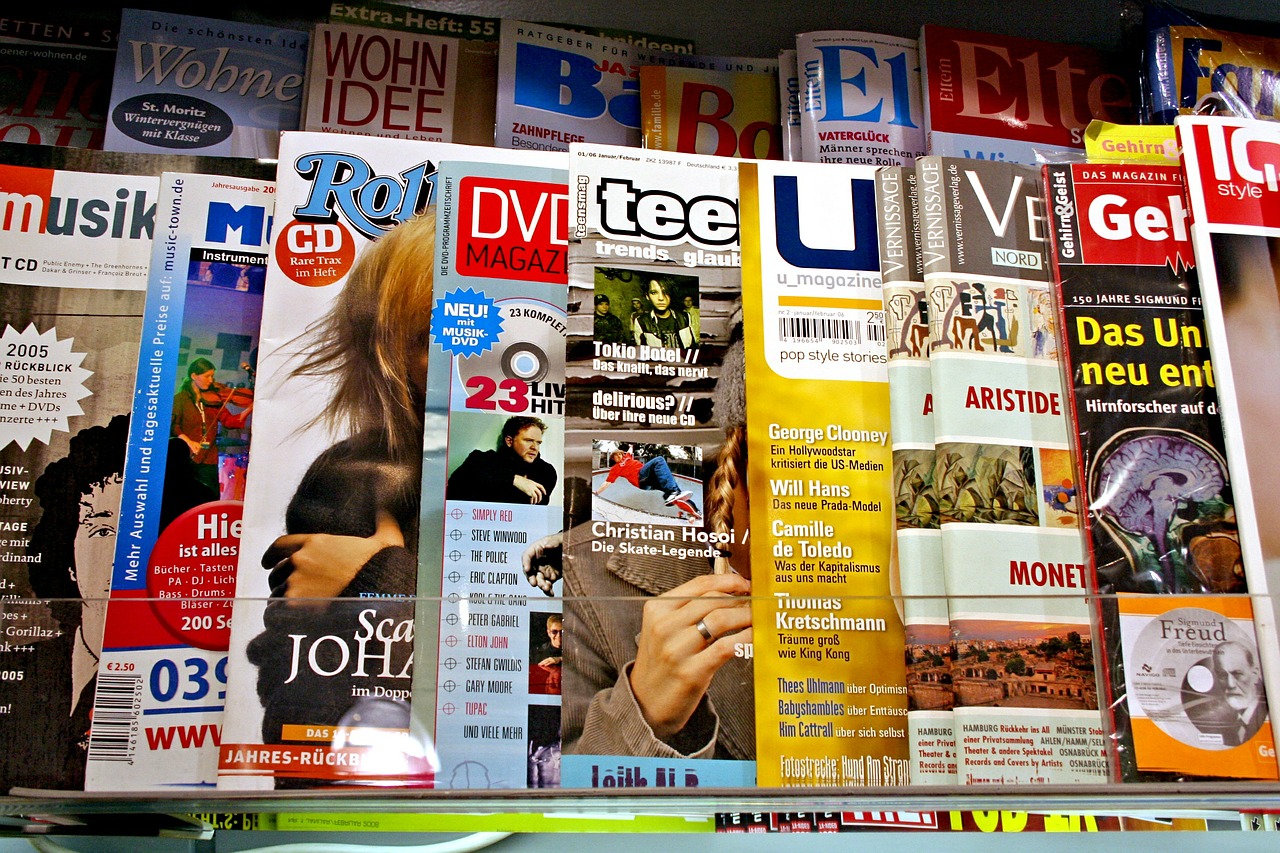Keeping listeners engaged on the air requires more than just good content—it’s about how it is delivered. One of the most essential skills in broadcasting is learning to move smoothly from one topic, song, or interview to the next without losing momentum. Awkward pauses, abrupt changes in tone, or inconsistent pacing can disrupt the listener’s experience and make a show feel disjointed. This is where thoughtful planning and an understanding of radio programming come into play. A well-structured lineup, paired with intentional transitions and cues, helps create a natural rhythm that feels effortless to the audience. When transitions are handled with care, they become invisible, allowing the broadcast to feel cohesive and professional from start to finish.
Plan and Script Transitions
Effective transitions in live broadcasts hinge on thorough preparation. Spend time outlining and scripting how to move between segments, which helps avoid awkward pauses and keeps content cohesive. Natural phrases like “Continuing from our last discussion…” or “Next up, we’ll dive into…” create smooth narrative bridges for the audience. This scripting prevents dead air and allows for creative storytelling, enabling presenters to develop a unique rhythm and engage listeners with humor or emotional cues without giving everything away at once.

Utilize Music and Sound Effects
Auditory cues like music and sound effects are at the heart of radio’s unique storytelling power. Implementing a soundtrack that runs underneath a segment (“music bed”), using recurring jingles, or inserting purposeful sound effects can:
- Notify listeners that one part of the program is ending and another is starting
- Establish the emotional tone or atmosphere for new content that’s about to unfold
- Vary the audio elements to maintain your audience’s attention.
Incorporating signature musical phrases or sound effects can prepare listeners for transitions during a broadcast, such as moving from news segments to interviews or commentary to advertisements. These elements create recognizable motifs that facilitate smoother shifts while keeping the audience engaged. By strategically using music and sound effects, you enhance continuity and contribute to a distinctive brand identity for your station.
Maintain Consistent Pacing and Energy
Listeners notice changes in a presenter’s pacing, delivery, and energy, influencing how your program is perceived. Consistent pacing maintains professionalism and reliability. Set a steady tempo from the start, adjusting naturally to the segment’s mood. For instance, soften the tone and slow down when shifting from debate to music. Occasionally, abrupt energy shifts are needed, like introducing a celebrity or covering a live event. These should feel intentional, with vocal cues or background sounds guiding listeners, ensuring changes feel smooth and deliberate.
Provide Recaps and Teasers
Recaps and teasers are key tools for engaging audiences. Summaries at segment ends reinforce main points, aid late or distracted listeners, and improve understanding and retention. Follow a recap with a teaser to hint at what’s next, like “After the break, stay tuned as we chat with an industry insider…” to build anticipation and curiosity, encouraging continued listening. Well-crafted recaps and teasers show respect for your audience’s time and attention, recognizing that listeners often tune in from various contexts and may miss details live. This strategy helps keep your audience engaged.
Practice and Rehearse
Even experienced broadcasters know flawless transitions come from practice, not improvisation. Preparing scripts beforehand helps identify awkward phrases, inconsistencies, or timing issues, allowing edits for impact, expanding or trimming transitions for clarity or energy. Regular rehearsal ensures smooth, natural links, supporting a seamless listening experience. It boosts confidence and sharpens improvisational skills, helping you adapt gracefully to technical issues or on-air changes and develop quick, confident transition techniques.
